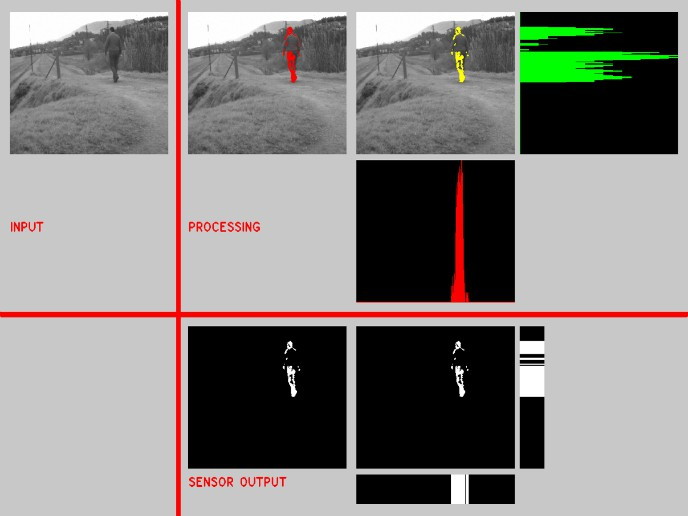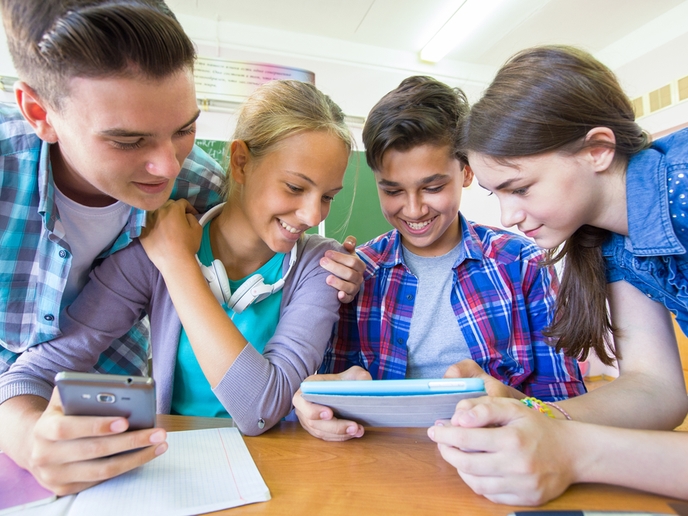Get into the rhythm with new dance steps thanks to avatars
Dance is a language that communicates thoughts and emotions without words. Through movements of the body and facial expressions, whether fluid and peaceful or chaotic and tortured, dance conveys intricate meanings to all those who observe it. There are many different genres of dance and virtually limitless movements embodied in them. The ambitious EU-funded WhoLoDance project(opens in new window) set out to define the ‘vocabulary’ of dance and develop technology-based tools to analyse, synthesise, and teach it. In this way, the project aimed to support collaborative dance learning and creation while facilitating the preservation of priceless cultural heritage. The language of dance Perhaps the most difficult part of the project was the human component, identifying and agreeing on common principles of dance to create a vocabulary for dance codification and analysis. As project coordinator Prof. Edwin Morley-Fletcher explains, “This required the a priori definition of a set of movement qualities to be agreed within the entire team of experts, followed by an extensive process of manual annotation of movements in the form of scores ranging from 0 to 10.” With hard work, passion, and a collaborative team spirit, dance experts from genres of ballet, contemporary, Flamenco, and Greek folk dance created their conceptual framework. Bringing dance to life The technological partners brought expertise in information and communications technology, mixed reality technologies, data mining, similarity search, automated analysis of expressive movements, machine-learning-based algorithms and computational models for music and sound analysis. The team applied artificial intelligence technology to human motion data from 3D motion capture technology. Combining all this with virtual reality, augmented reality, and mixed reality (VR-AR-MR) technologies enabled WhoLoDance to realise previously unimaginable possibilities. Supporting software allows users to assemble and blend movements extracted from the movement library. Further, with VR-AR-MR life-size avatars of dance masters’ movements, dancers can assess their body alignments and techniques by comparison. As Morley-Fletcher explains, the result is a “blending engine, a tool to mix and assemble an infinite number of dance motions from the library of movements, stimulating the contamination among different genres and styles and the development of novel choreographic methods.” Access to WhoLoDance’s movement database and 16 tools for learning, choreography, analysis, and experimentation is possible through commercially available consumer-grade motion capture devices at a fraction of the cost of available high-tech 3D motion capture technologies. In this way, Morley-Fletcher explains, WhoLoDance has produced “an ideal ground for cross-fertilisation and inspiration, and for enriching opportunities through stimulating new methods for teaching, learning and creating dance.” The dance movement WhoLoDance sparked could be continued in a new project, a digital learning incubator called WhoLoMove. The incubator will fund small-scale projects to spur innovation related to real-time whole-body movement interaction. Potential fields include gamification in special needs education, personalised sport for inclusive health, and preservation of intangible cultural heritage. The envisioned platform will host all shared knowledge, data, and software created by the complementary small-scale projects, fostering cross-sectorial knowledge exchange. Aside from digital learning applications, animation of computer-generated objects is booming. The motion picture industry relies heavily on motion-capture effects. WhoLoDance may soon be coming to a theatre near you.







